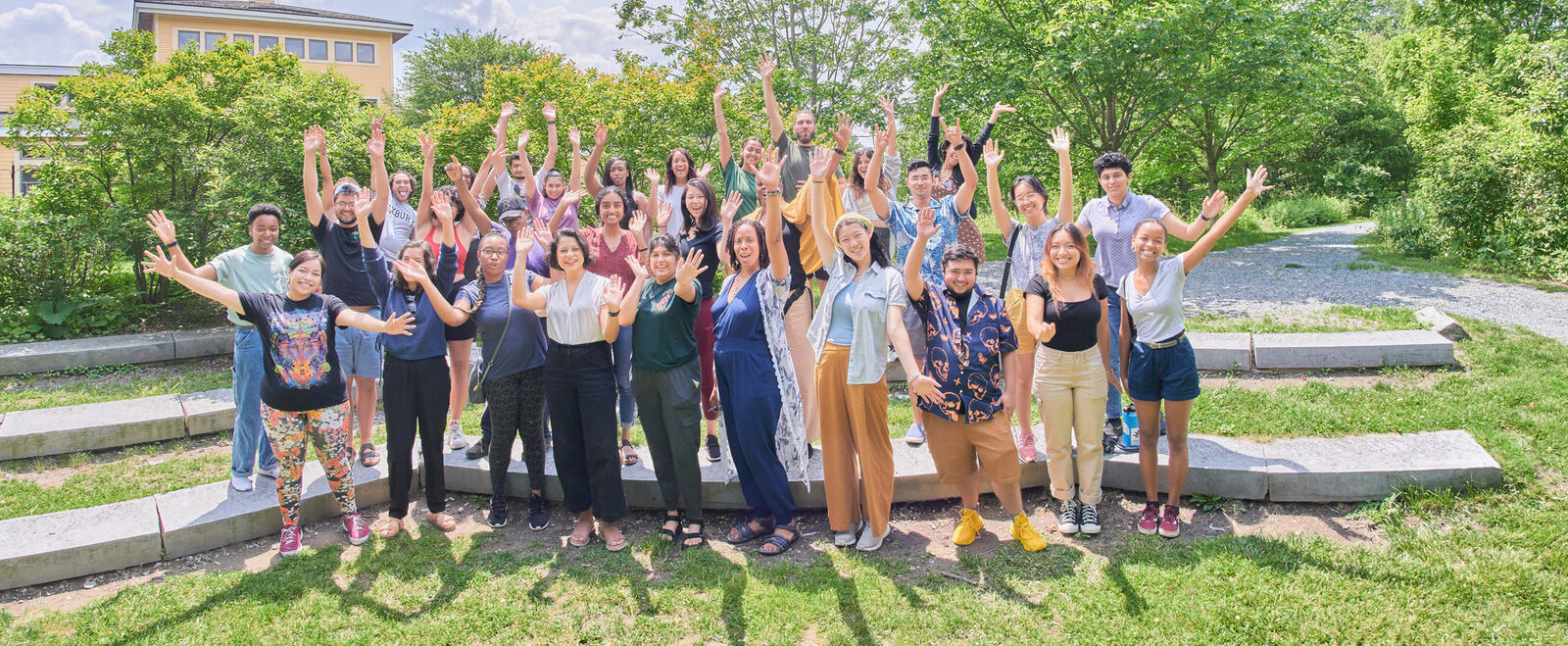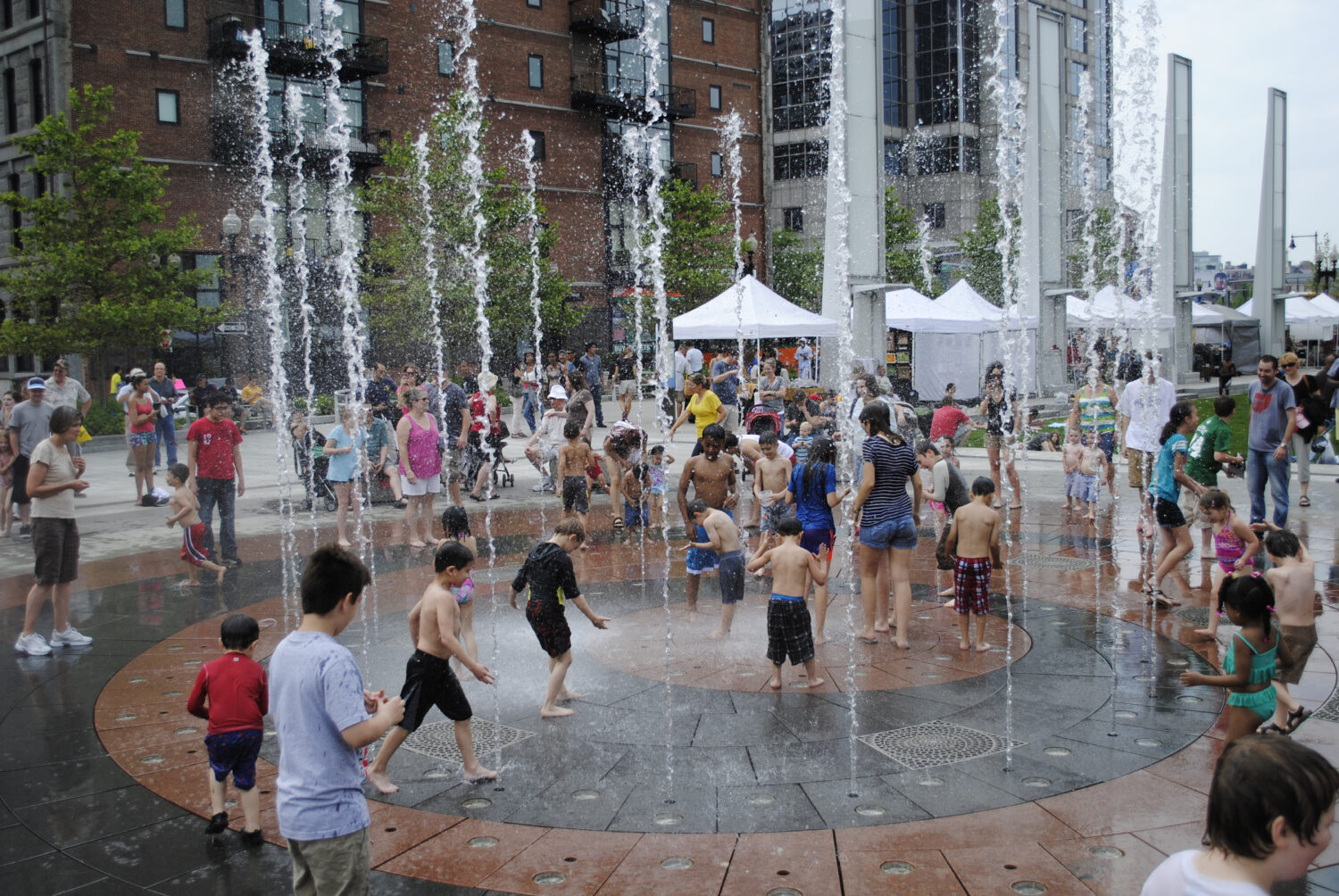Lawrence a former textile center is one of the poorest urban centers in America with unemployment rates approaching twice the regional state and national averages. Home to successive waves of immigrants Lawrence’s current population of 75,000 is majority Latino.
Five years ago William Traynor an experienced community development practitioner and Lawrence native arrived there to try to revive a failing CDC. With a cadre of MIT urban planning graduates and a handful of seasoned organizers he hoped to engage community residents in efforts to address the city’s daunting deficits.
This much was clear to them: Lawrence lacked the civic leadership and the community assets such as public infrastructure and effective schools which make for healthy cities. The goal of the reborn CDC Lawrence Community Works should be to create a new leadership capacity out of the grassroots that would rally around implement and sustain a vision for the city’s future. To achieve this LCW would have to get thousands of residents to talk about and work on local issues come together to build their leadership skills and connect locally in ways that would shape and advance a shared vision.



